Travel is one of the most commonly listed interests of people, and it comes in all forms. Some people travel only when they need to visit relatives or friends, others travel on business, and some travel as a sort of spiritual discipline, to discover new things about the world and its cultures and to learn more about themselves in the crucible that is travel. Yet for some, none of these things is that important: to these people, travel is about fun and excitement, about rest and relaxation, and about whatever they want it to be about.

Identification
Leisure travels is travel agency via which the primary motivation is to take a vacation from everyday life. Leisure travels is often characterized by staying in nice hotels or resorts, relaxing on beaches or in a room, or going on guided tours and experiencing local tourist attractions. Most meals are eaten out when traveling for pleasure, and often more expensive modes of transportation, such as taxis, are used to get around. In some cases, leisure travels might be used to refer to any trip that lasts more than a week, regardless of the primary focus. Leisure travel is generally seen as the opposite of business travel.
Considerations
Leisure travel can be many things, but besides being a vacation, it doesn’t have to be any one of them. Although many leisure travelers spend more money than they would in their everyday life, others might choose to travel frugally. These backpacker leisure travelers might stay in hostels, cook their own meals and take public transit – as long as the main focus is on leisure, they are still leisure travelers. Similarly, a leisure traveler might make a business contact at a bar, acquire a new client, or work on a proposal for when she returns home. If the focus still is mainly on vacation, it is leisure travel.
Potential
It is becoming more common for people to take "working vacations," in which they split their time between work and play. Unlike a business trip, this sort of travel still incorporates many aspects of leisure travel. A number of tour agencies have begun offering "volunteer vacations," which combine aspects of the leisure travel lifestyle with volunteering one’s time to an organization in need. This type of traveling allows vacationers to enjoy the beauty of a new place while giving something back to it.
Rationale
There are many benefits to leisure travel. Stepping outside of a busy lifestyle can give people space to unwind and release their stress, returning to their jobs and everyday lives rejuvenated and refreshed. It also can give people the opportunity to experience parts of the world they have never seen before, enriching their understanding of life on the planet. Traveling can be an excellent way to meet new people and make new connections, and leisure travel gives people the space and time they need to really forge those bonds.
Costs
Even for those unwilling to embark on truly budget leisure travel, there are many ways to limit costs. Popular leisure travel destinations will often see a wide swing in prices among hotels, restaurants, travel, and activities, depending on the season. Locations in the Caribbean or Mediterranean, for example, might be twice as expensive during winter, as millions of visitors from Europe and the United States try to escape cold weather.
It’s not uncommon to hear travelers return from trips and say things like, “The place was great, but it was the people there who truly made it special.” And that’s because meeting the locals wherever you go is pretty much always a good idea.
Fortunately, with all the new technology and startups around today, it’s easier than ever to get in with the locals and become immersed in the culture. The sharing economy — i.e., the collaborative economy in which everyone works with each other to share resources — is definitely on the rise. Bonus: Sharing your way through your trip also tends to be cheaper than staying in hotels and eating out at restaurants all the time.
To help you plan a budget-friendly and culturally immersive trip, here are 10 new and exciting ways to get in and share with the locals.
1. Look for an Airbnb whose host will be there with you.
This bed also comes with a spare set of sheets — and a killer host. (Photo: Jessica Festa/Jessie on a Journey)
Of course, you can rent out an entire place on Airbnb, all for you and you only (unless you bring friends). But to truly get in with the locals, it’s best to look for a room where the host will be there with you. For instance, I rent out the spare room in my New York City apartment on Airbnb, and love showing my guests — who hail from South Korea to Italy to Poland and beyond — around the city. I hang out with them on the couch, and we share stories from our travels and home countries. In this way, it ends up being a cultural experience for my guests and for me. So chances are, if you rent a room from a local through Airbnb, he or she may just give you the same local-knowledge treatment that I give my guests.
2. Tell your couch-surfing host that you want to hang out.
You’re probably familiar with Couchsurfing, the home-stay program that lets travelers sleep on local couches free of charge. Granted, it’s a bit less comfortable than other places because you usually don’t have your own bed, but the main point is that it allows you to stay, cook, and explore with locals.
Most of the time.
If you’re really interested in spending a lot of time with your host — i.e., you’re staying there not just to save money but also to use your stay as a main way to get to know the local culture, I recommend being honest with your host beforehand. While most Couchsurfing hosts love getting to know their guests, not all do, so let them know that this is what you’re looking for, then act accordingly. Uncomfortable with staying on a stranger’s couch? You can also use the forums in Couchsurfing to plan meet-ups with locals.
3. Eat at a local’s home.
There’s nothing like a homemade meal when you’re traveling. (Photo: Jessica Festa/Jessie on a Journey)
By now, it’s a well-known fact that you can stay in other people’s homes when you travel. What’s not so well-known is the fact that you can eat meals in a local chef’s home, too.
First, there’s Eat With. Professional chefs can sign up to be an EatWith host, and that means that you can go to their homes, and they will prepare local fare for you and your fellow travelers. All you have to do is cruise the website and find a meal that appeals to you. Only about 4 percent of people who apply to be EatWith hosts are accepted, so you know you’ll be getting something delicious. Picture a hedonistic feast with a yogi in San Francisco, a traditional Shabbat dinner with a restaurant-owning couple in Jerusalem, or a homemade picnic with an organic chef at a Buenos Aires park.
Another great option: Feastly. This company has the same idea as EatWith, but it isn’t international — it’s available only in NYC, Washington, D.C., Chicago, and San Francisco so far. Still a steal if you’re stateside!
4. Get rides from locals.
Lyft isn’t your average ride-sharing app or car service. Like Uber and Sidecar, Lyft is an app through which local drivers offer rides to those nearby for an economical price. While Uber is great, what makes Lyft different is that its drivers — who operate their own personal vehicles — are encouraged to bring their personalities to the ride, and riders are made to feel comfortable sitting in the front.
What’s more, Lyft has a particularly interesting initiative called Lyft Creatives, whereby specific community drivers provide fun and atypical experiences through themes like Cookie Wars Lyft, Harry Potter Lyft, and the Lebowski Lyft. In the Cookie Wars Lyft, for example, entrepreneur Chris Biggs bakes two batches of fresh cookies every morning before he hits the road, and the riders choose their favorite flavor. In the Lebowski Lyft, riders are greeted by “The Dude” in the front, who does not offer them White Russians but does crank the CCR and give away some other Dude-like items. Clearly, Lyft is the type of car service where the friendship between the driver and the passenger doesn’t end with a ride. It’s not uncommon for community drivers and passengers to go out for coffee or see a show later on.
Another option: Sidecar, which is a new site that lets you pay for shared rides. So far, it’s in Los Angeles, San Diego, Long Beach, Seattle, Chicago, Boston, Washington, D.C., and Charlotte. I’ve haven’t yet used Sidecar, but I do know that according to their rates, they’re cheaper than Uber and Lyft.
If you’re not into being driven around, you can also rent a car from a local using Getaround.
5. Ask locals your most burning travel questions.
I first mentioned Ask a Stranger in my post on apps that make travel more social. Travelers can use this app to ask travel questions that are then sent out to knowledgeable locals, who earn points when they provide answers. Fifty credits is 99 cents, and it costs 10 cents to ask a question; users are given 100 free credits just for signing up. More points are given for quicker answers that receive positive feedback from askers. What’s particularly interesting is the private-chat feature, which allows travelers to make friends with locals and even meet up to explore together.
Another option is Localfu, a website where you can ask locals absolutely anything for $5 — where to hike, eat, enjoy a great wine list, see beautiful architecture … anything, really.
6. Take classes with locals.
You don’t have to be at home to take classes. In fact, it’s even more fun to take them while you’re traveling. One easy way to do so: Use Skillshare, which offers both online and offline classes with locals in cities around the United States, on topics like writing, film, photography, and cooking. It offers a way to explore a facet of local culture that you’re particularly interested in. I love taking classes wherever I go — I usually take at least one cooking class and one dance class. It’s a great way to explore culture in an active way and spend quality time with locals.
7. Go on tours with locals.
As someone who’s gone on excursions by big companies as well as tours with local guides, I’ve found that the big-company ones tend to have a more scripted feel. That’s not to say they’re bad, but when you’re looking to immerse yourself in local culture — really and truly immerse — tours created and led by locals are usually the better choice. One resource I like for this is ToursByLocals, which offers everything from cranberry harvesting at a Massachusetts farm to a safari day in South Africa.
Another option? Withlocals, an Asian company that lets you choose a local guide to lead you around Asia. I haven’t tried it yet, but it looks as though it has some great tours. It’s available in Cambodia, India, Indonesia, Malaysia, Nepal, the Philippines, Singapore, Sri Lanka, Thailand, and Vietnam. The site blends tours, dining experiences, and classes. Think boot-camp-style exercise classes in Bangkok parks, having a greasy-spoon breakfast in Singapore, and cycling in Nepal. Right now the site seems a bit food-centric; however, as it grows, I suspect it will provide more nonculinary experiences.
Other sharing sites offering local tours include Adventure, Adventure Local, and Vayable.
8. Get goods and gear from locals.
When you need gear, goods, or apparel, there’s no need to go to a store. You can get it from locals instead with Yerdle. Yerdle allows you to use credits to bid on and buy everything from acrylic paint to backpacks. You get 250 credits just for signing up, and you can earn credits by listing your own goods to rent. It’s like eBay, except that you pay nothing for your purchase, and shipping is through UPS.
It’s also free to pick up your stuff locally, which could be a great way to meet new friends in your area. I haven’t used it yet, but I can definitely picture myself using this app while traveling when I forget extra hiking pants or need a pair of gloves!
9. Have a local plan your entire trip.
It’s actually possible. Enter VoomaGo, which is sort of like local travel agent meets local tour guide. When you go to the site, you can browse local experiences offered by locals, listed under the “Experiences” tab. Some that looked interesting to me were the Day With a Local Farmer in Dominica, Sea Urchin Fishing & Snorkeling Off the Ionic Coast, and Lisbon to Cascals: Gastronomic Delights and Electric Bikes.
The VoomaPass is another interesting feature. You purchase the pass for $299 and then receive all-access travel planning from a local. As someone who worked as a travel agent for a short time — I quit because I felt it was more of a sales job where I was selling packages than planning cool trips — I think the chance to have a local organize your trip is pretty awesome. You’ll also hang with said local when you arrive and will get a prepaid phone to stay in contact with him or her — so you’ll always have on-the-ground support.
10. Enjoy local treats.
When you’re traveling to a new place, it’s easy to rely on Yelp to tell you about the hottest new restaurants. But what about those hole-in-the-wall places? Enter LocalEats, a website that’s focused on independently-owned restaurants in cities across the country.
Another option: Check out Doughbies, a site where you can order freshly-baked pastries that are made in supersmall batches locally. It just started up in San Francisco, but they are growing quickly, and they may be in your city of choice soon. All you have to do is enter your zip code and let the website know if you’re interested in “pickup” or “delivery”; tasty treats will be delivered to your place in fewer than 20 minutes. Whichever option you choose, you know you’ll be eating some local goodness—and you can always chat up the local owners and chefs, too as it is said by the CEO of the Leisure Travels.

























.jpg)
.jpg)


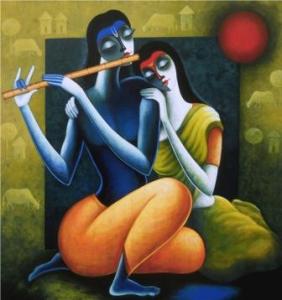
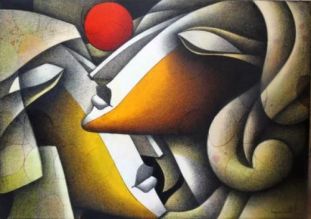
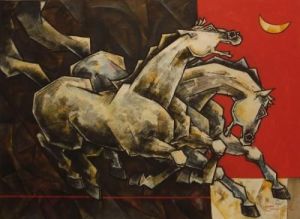
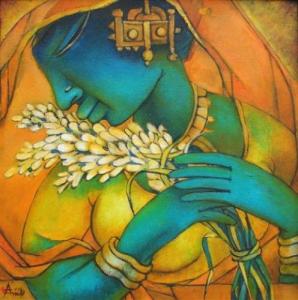
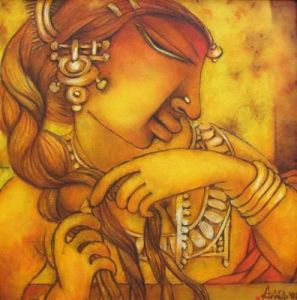
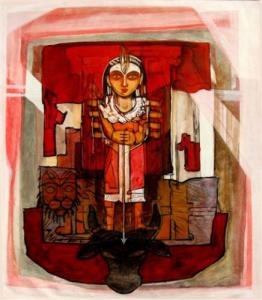
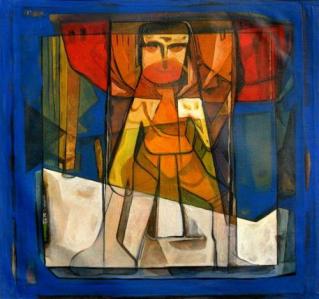
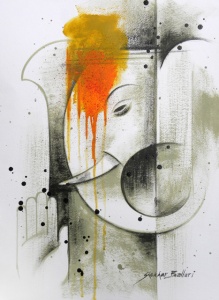
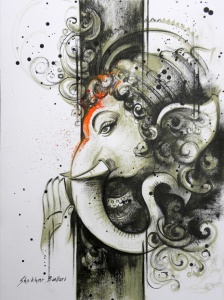
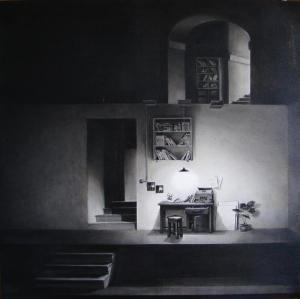
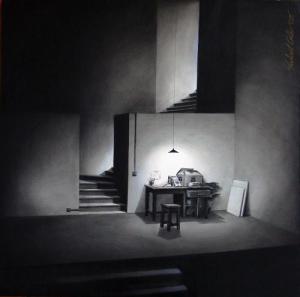
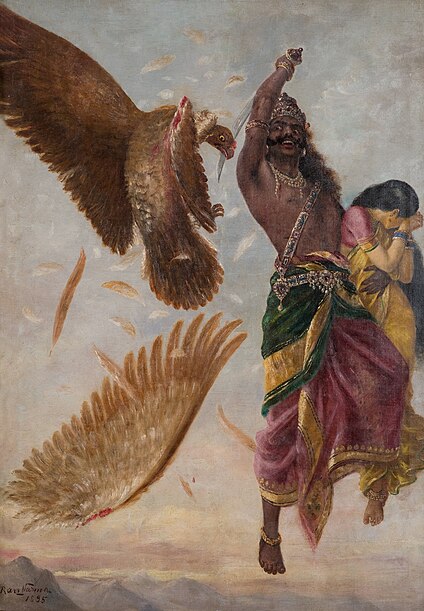


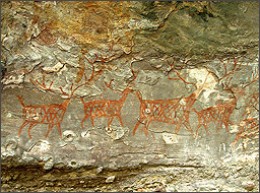
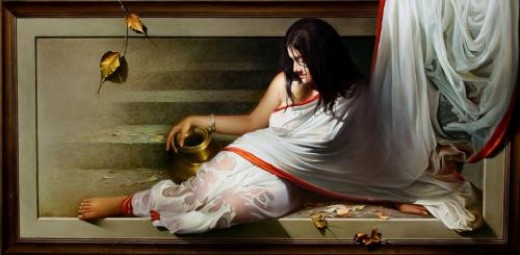
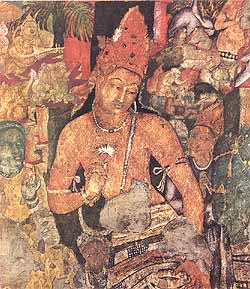
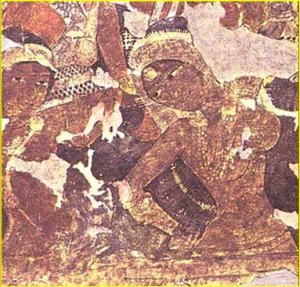
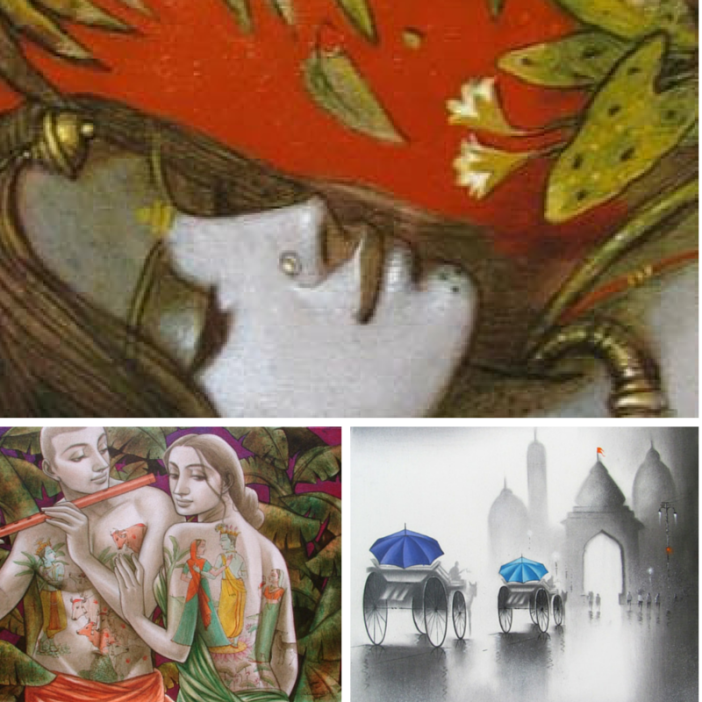
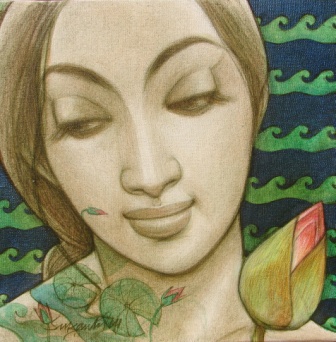

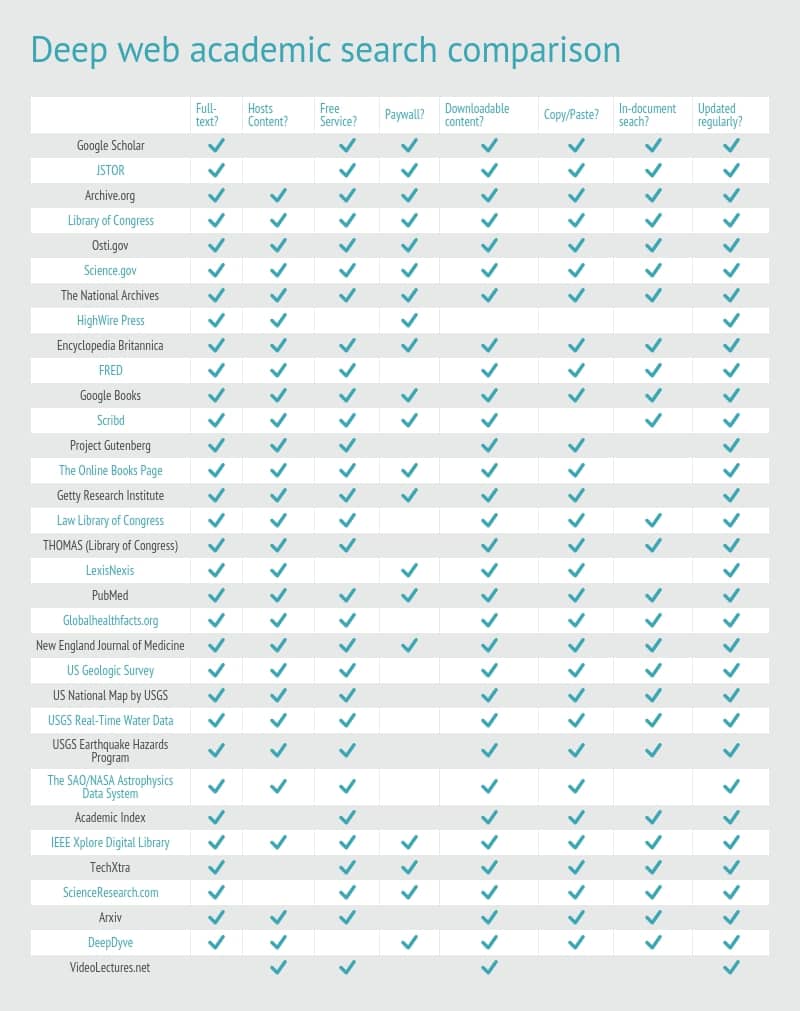







.jpg)
.jpg&container=blogger&gadget=a&rewriteMime=image%2F*)
.jpg)
.jpg)
.jpg&container=blogger&gadget=a&rewriteMime=image%2F*)